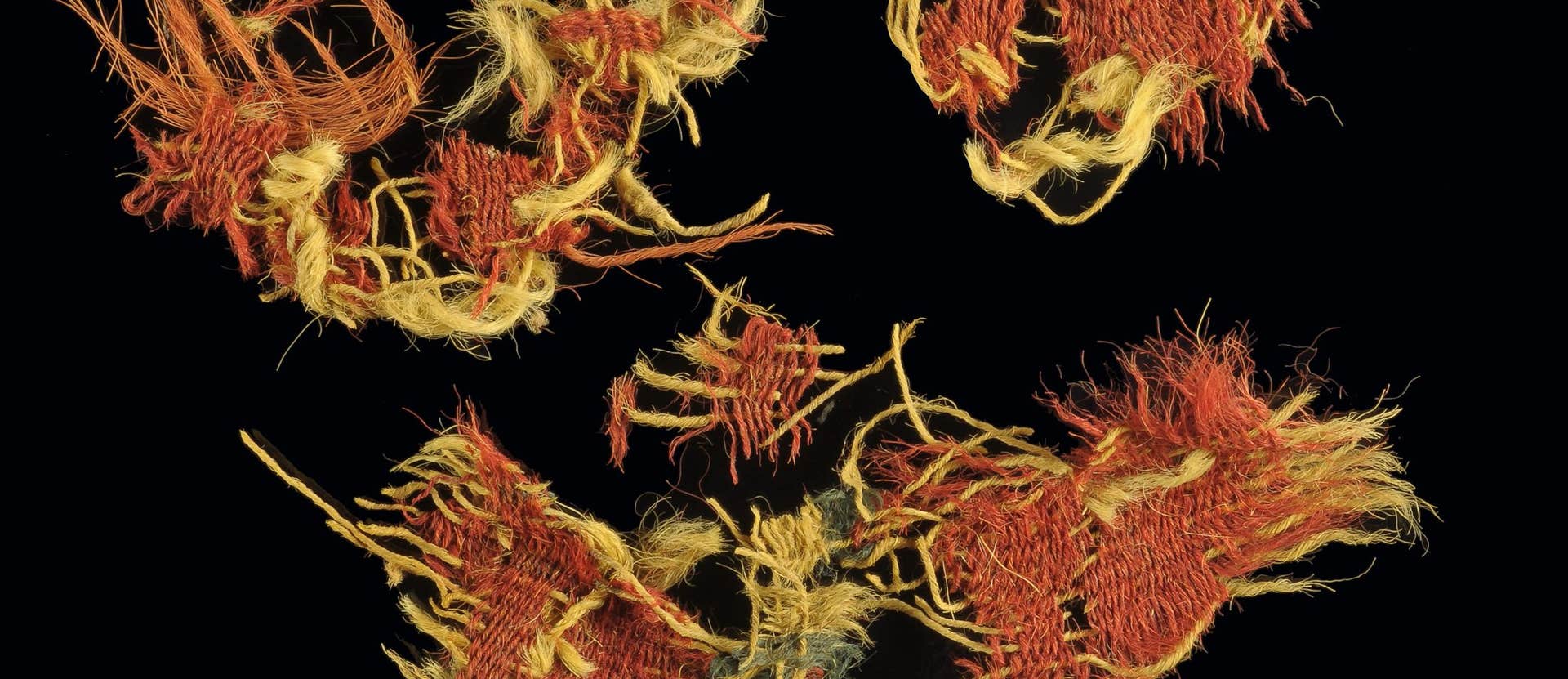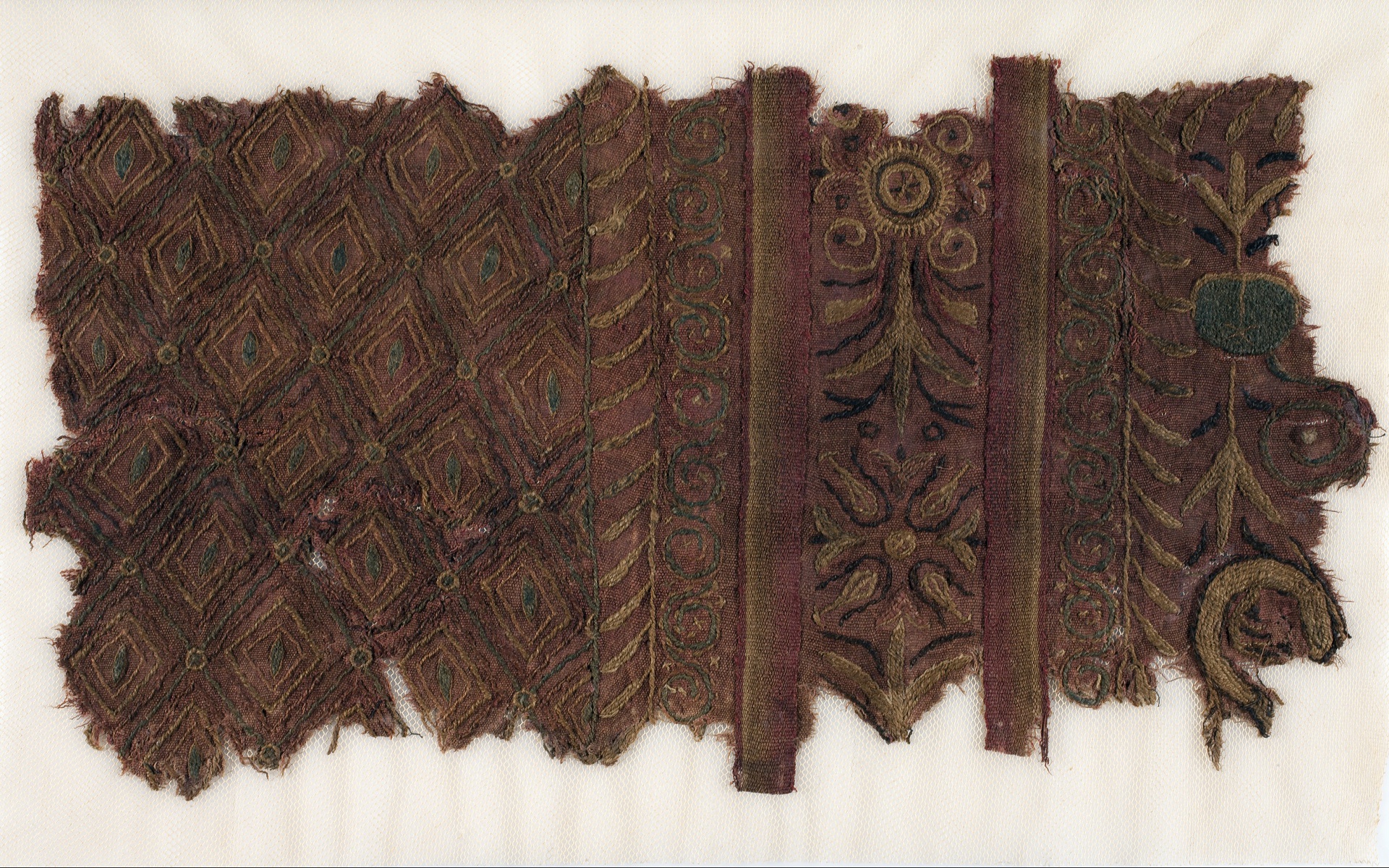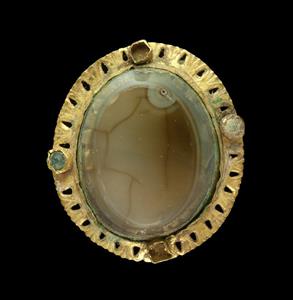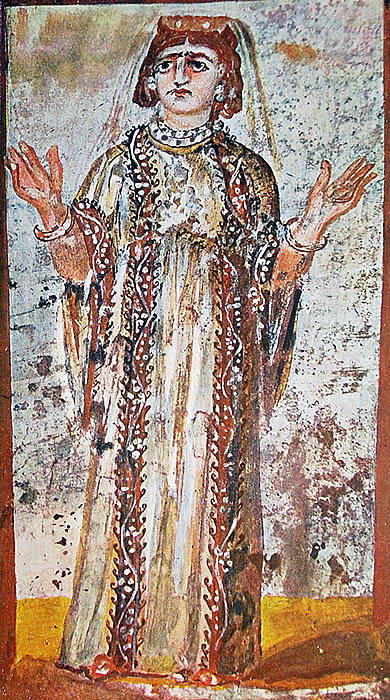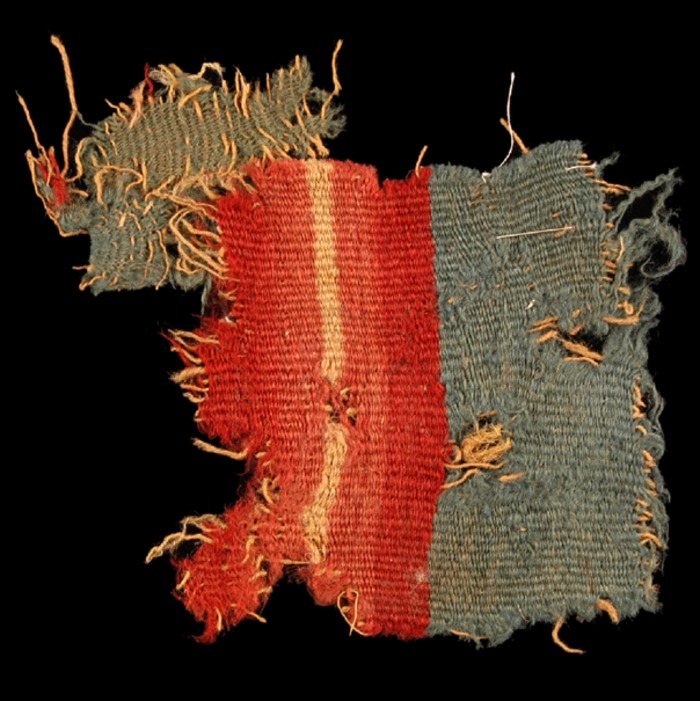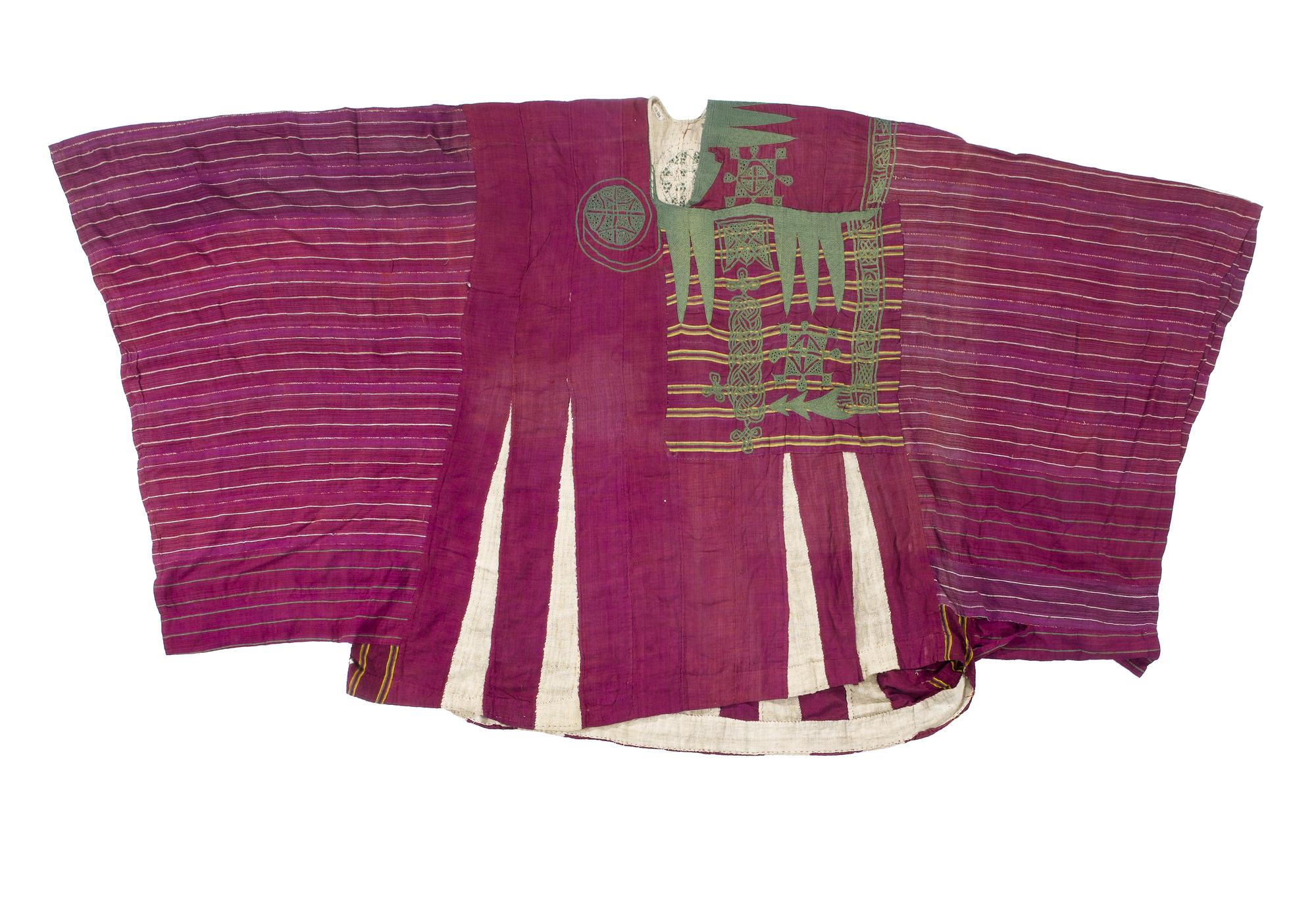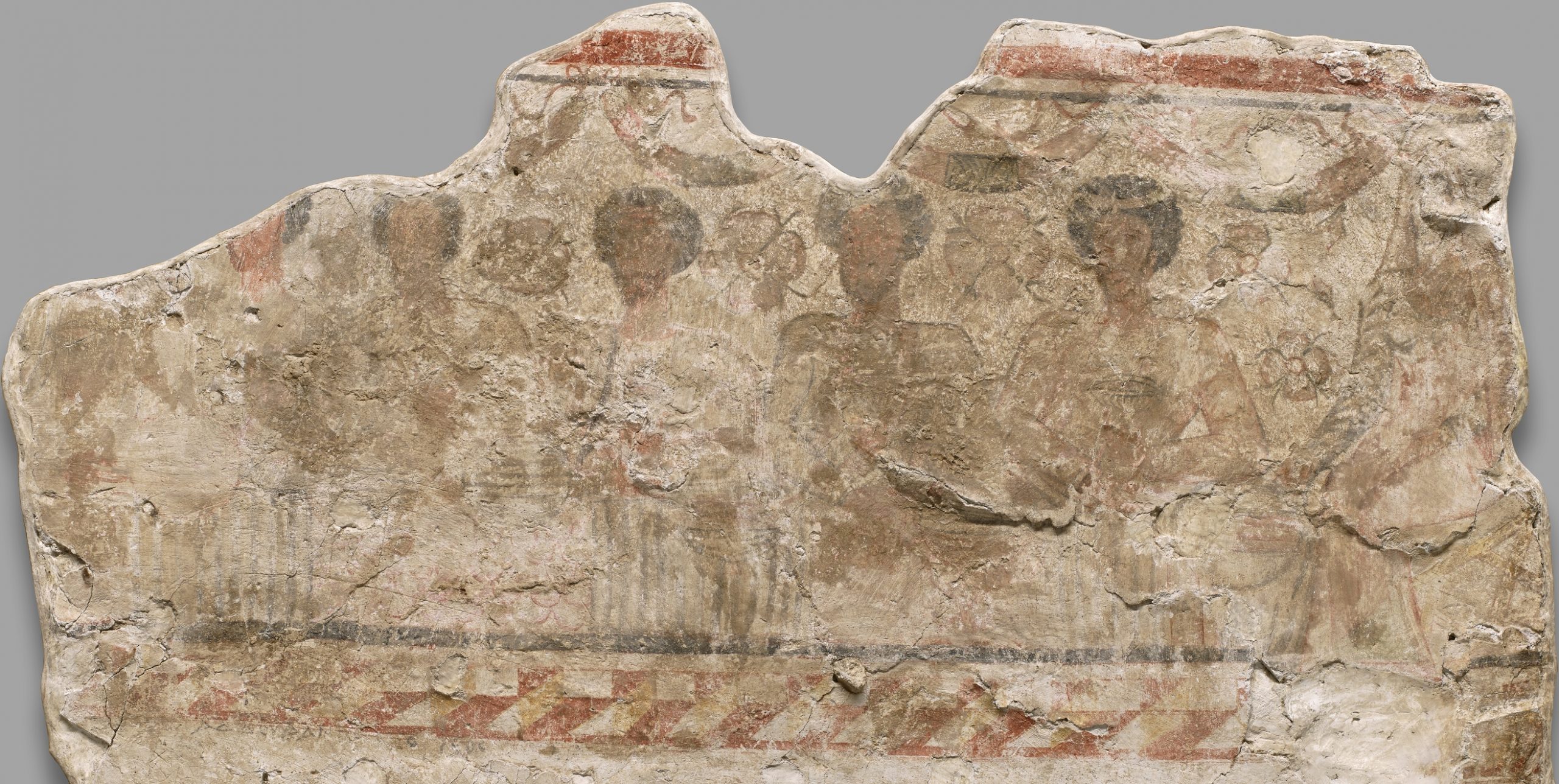In the Louvre we can find the remains of a decoration from the Tiglat-Pileser III palace at Tell Ahmar, Syria (Kar-Salmanasar in Assyrian times), made 8th century BCE. It is a representation of two servants painted with tempera paint: red ocher, Egyptian blue and charcoal black, on a white preparation of calcium carbonate, and an image of a Wined genie.
 Winged genie, Neo-Assyrian mural painting from the Palace of Teglat-Phalasar III, 8th century BCE. | 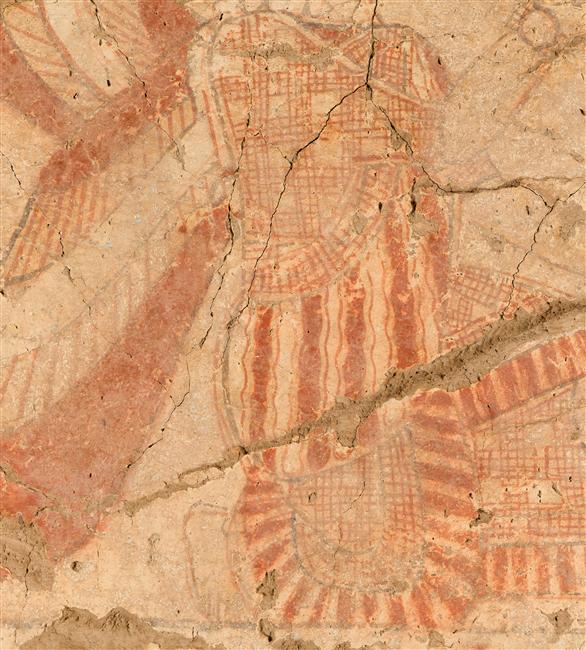 |
 Fragment of an ivory box from the southeast palace of Nimrud. Phoenician work, 8th century BCE. In the British Museum |  Photo by Rowanwindwhistler |
| Tiles with colored inlaid glazed faience from Egypt | 1198-1166 BCE |
|---|---|
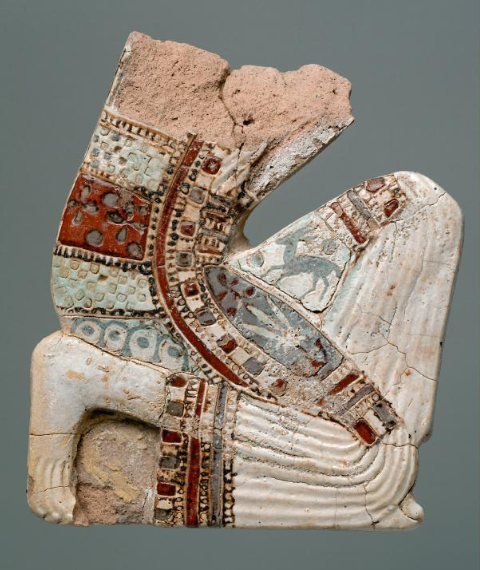 the representation of a Hittite man |  a black African man |
 a man from Syria |  a man from Syria |
SOURCES
- painting from Tell Ahmar in Louvre; pictures; Winged genie
see also the male head https://collections.louvre.fr/ark:/53355/cl010121400
- KHM Wien Faience tiles from Egypt
- Ivories from Nimrud south-western palace publication





